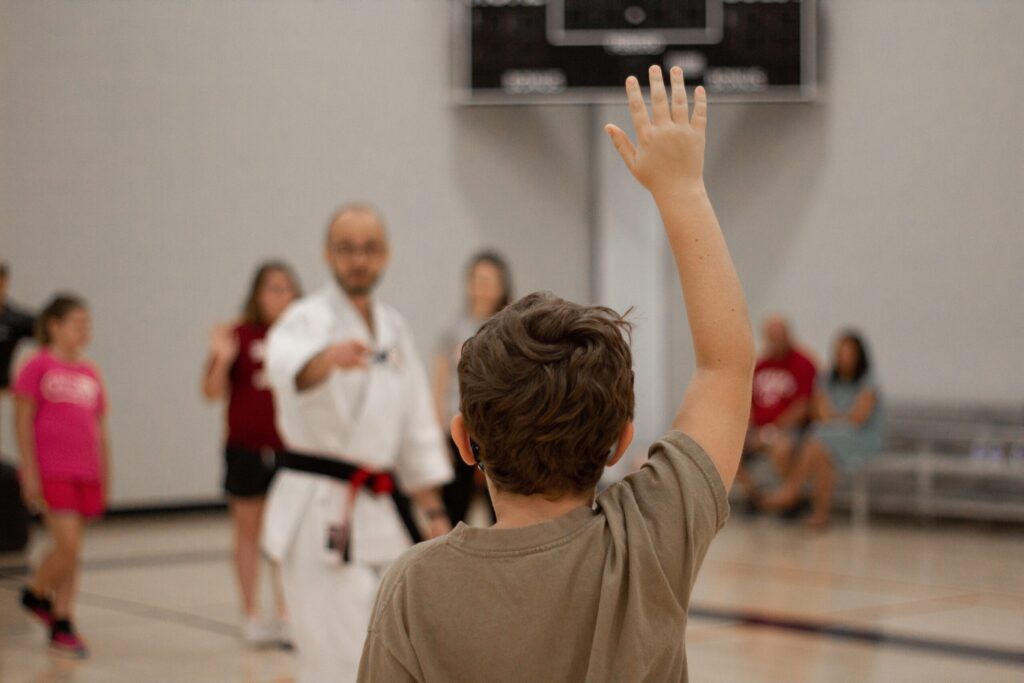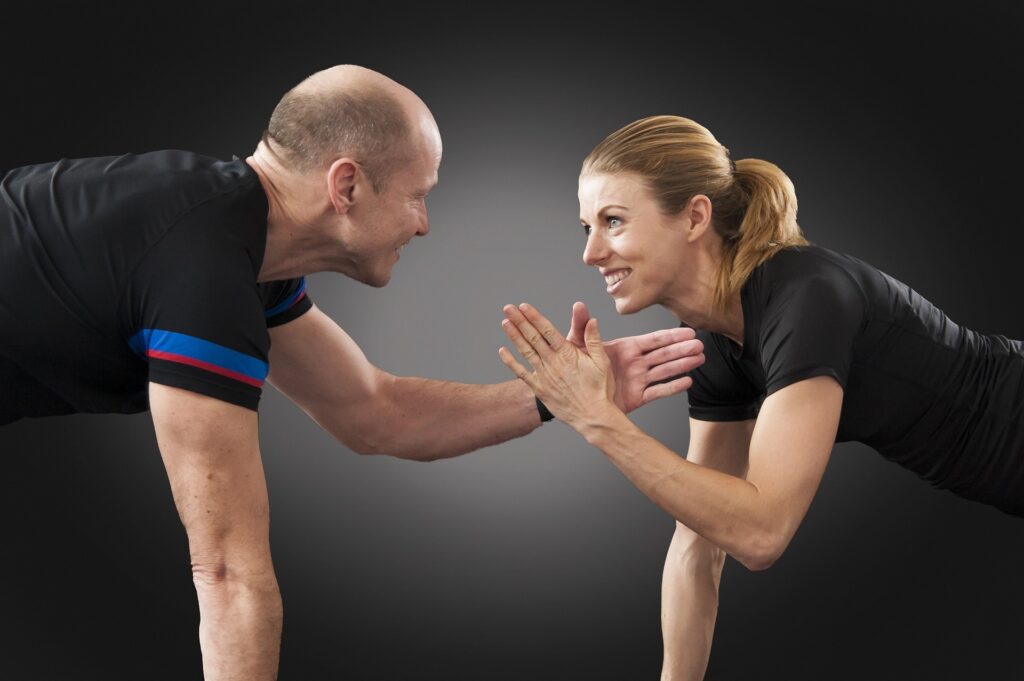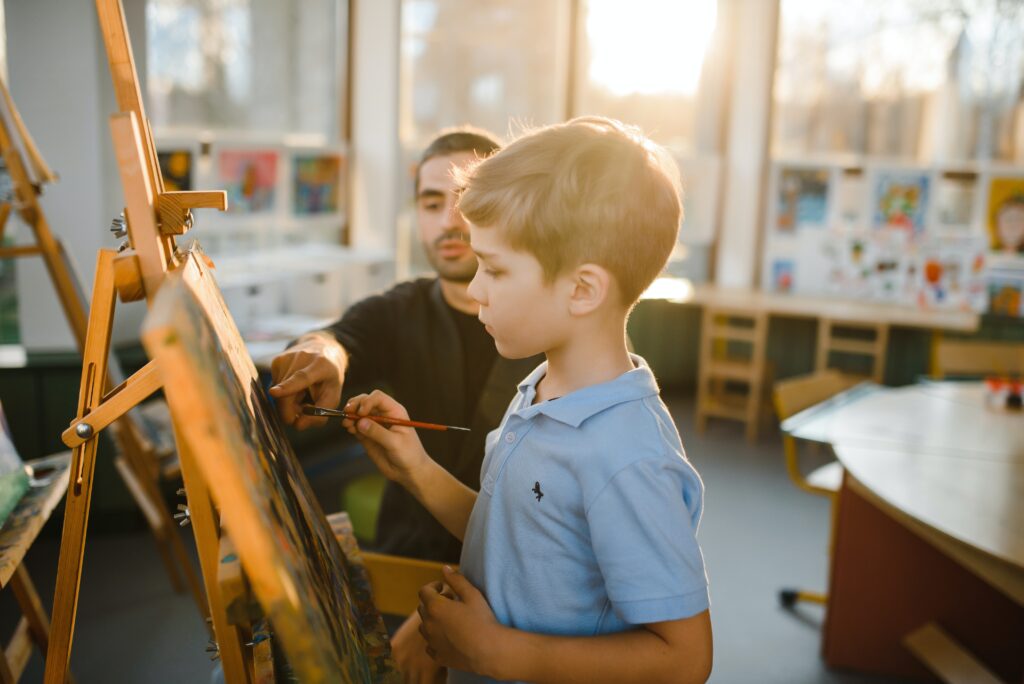How to Create Empowered Learners; Not Just Competent Practitioners

A good teacher doesn’t just impart information to their students, they empower their students to be excellent learners. In my classes I’m thinking not just about how I can increase my student’s ability with a given technique in that moment, but what I can give them that will help them meaningfully practice, implement, and build from that technique afterward. Here are some of the guidelines I follow.
Make your students responsible for their own learning
You can do the teaching, but they have to do the learning. The more you can impart the responsibility and the ability for students to understand and maximize their own learning the faster they will advance. I explicitly give this responsibility to my students, and it’s a core value of my school. I want my students to be active and hungry devourers of information—independent of me—not simply passive sponges.
Teach your students to build their own drills
At least 50% of a student’s training time should be outside of class. Give your students not just the drills from class but the tools to advance them and vary them.
Empower students to control their own difficulty level
Even if you have a graduated program in your school or group, you will invariably have students who need, or want, to work at different levels. Good drills can be scaled for difficulty. Give your students a view of how to scale up and scale down and teach them how to make wise choices in difficulty for their own learning.
Encourage students to adapt in-class drills to their needs
Alternating in sets of one isn’t working for you? Ask your partner to alternate with you in sets of five. The complex drill is getting overwhelming? Ask your partner to do the simpler version. Didn’t quite get something from earlier in class? Take a moment to go back. Yes, you want your students to stay on topic, but allowing room for student agency within your lesson plan maximizes individual learning and frees you up to provide much more meaningful guidance.
Have priorities but not secrets
Give your students the full picture of your art and then help direct them to the learning that is best for their long-term practice. If a student of mine wants to know the counter to an advanced technique, I show them, and invite them to explore it. Then, I guide them back toward what I feel is the best priority for their learning at that stage in their journey. I’m completely transparent with my reasoning and my art. Your students should be learning from you because of what you offer, not what you control.
In all these things, be mindful that if your goal is being a partner in your student’s learning, you’ll be more powerful as a facilitator than you will as a gatekeeper, despot or bureaucrat.
Devon




Responses